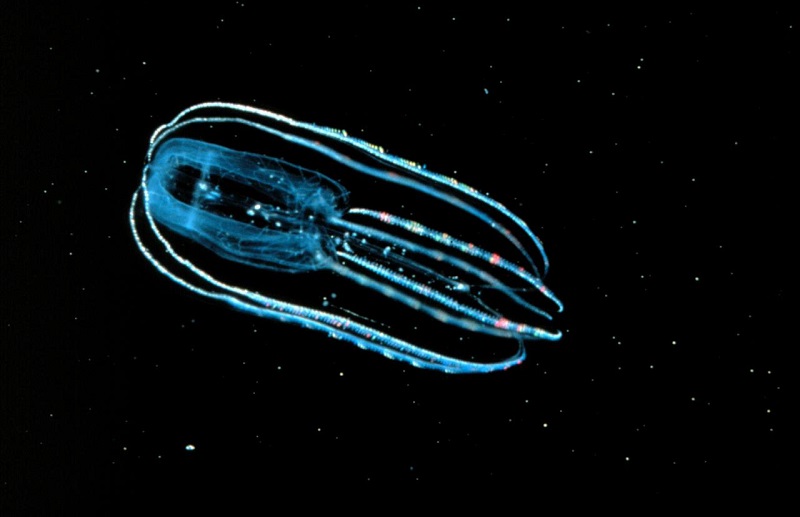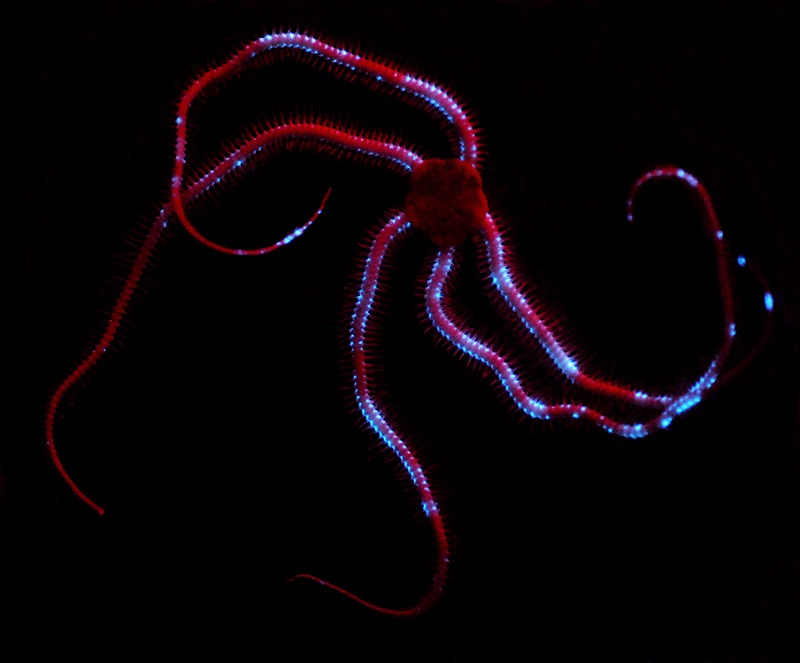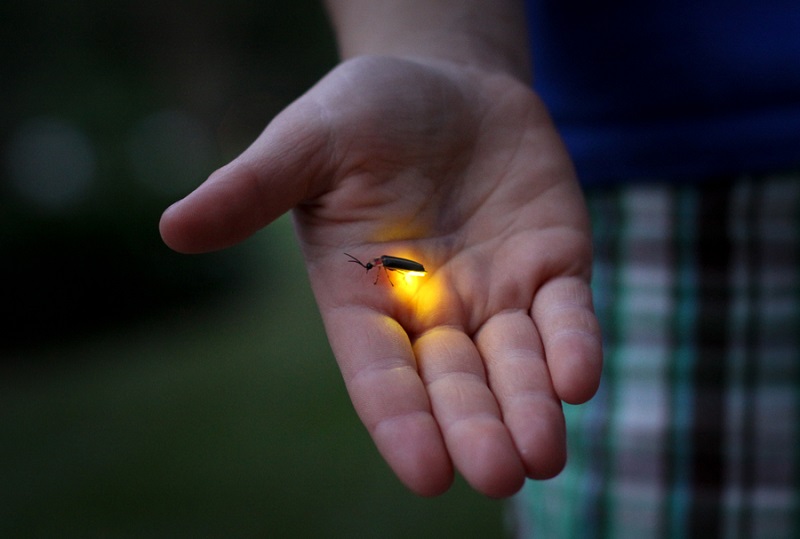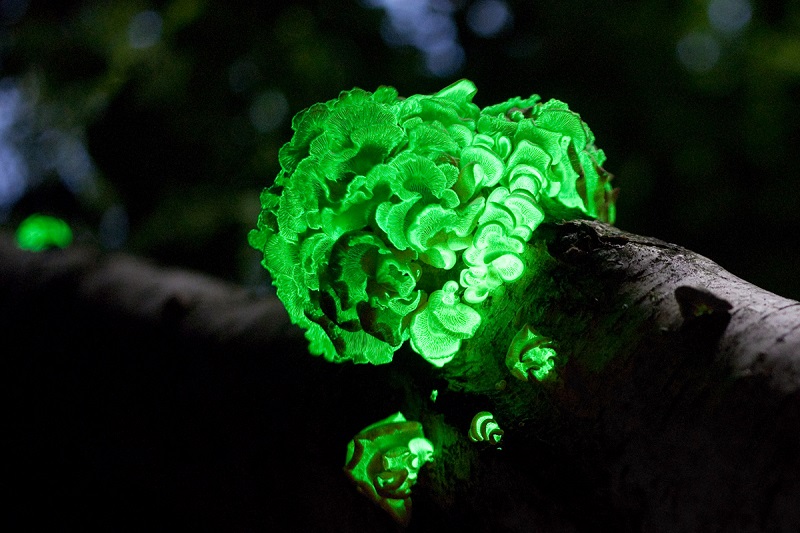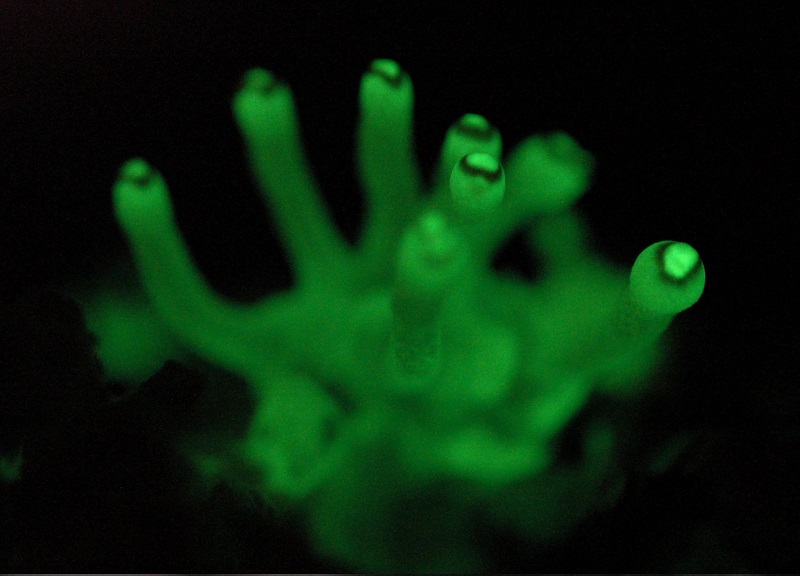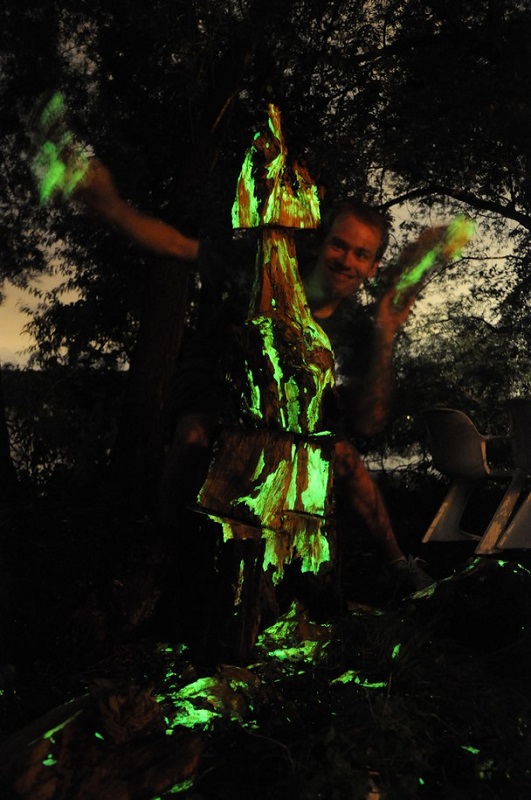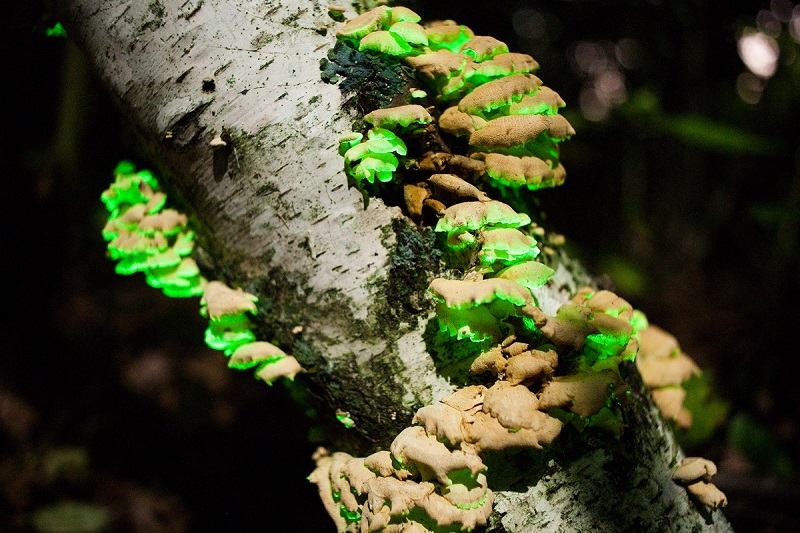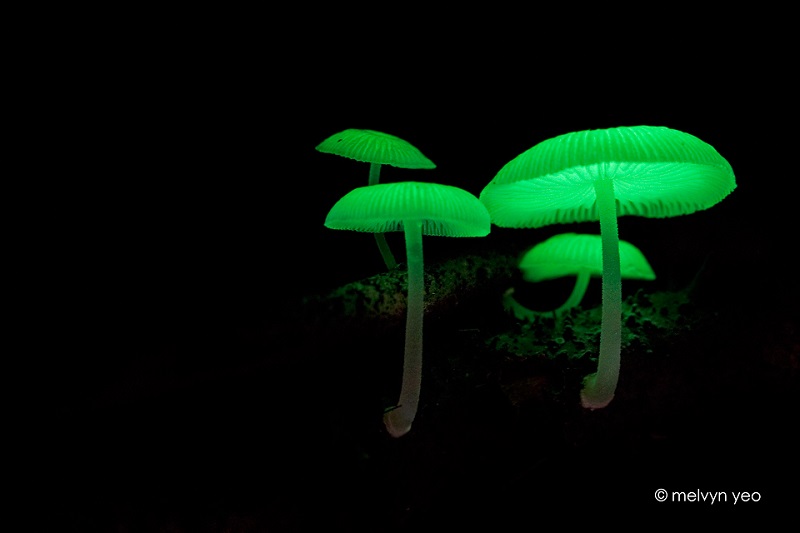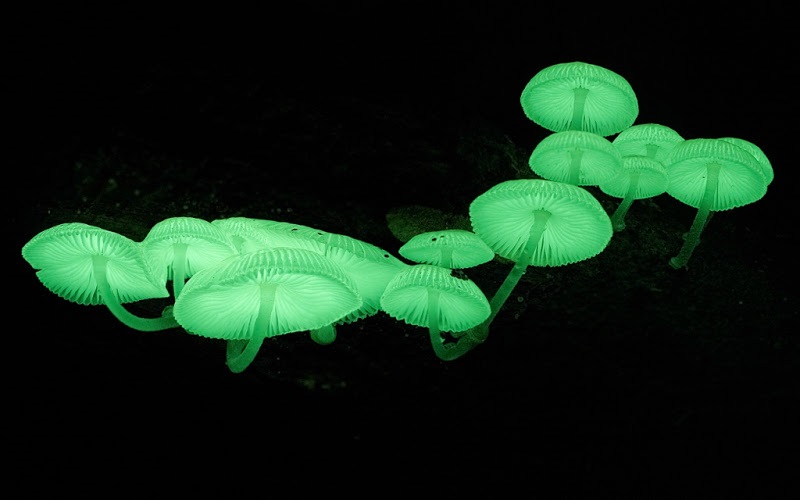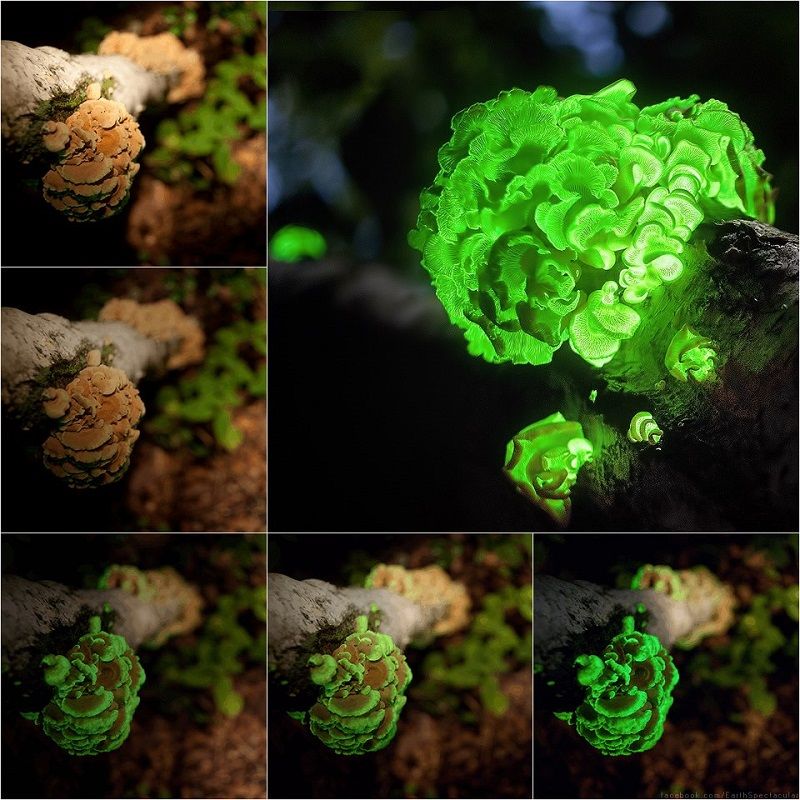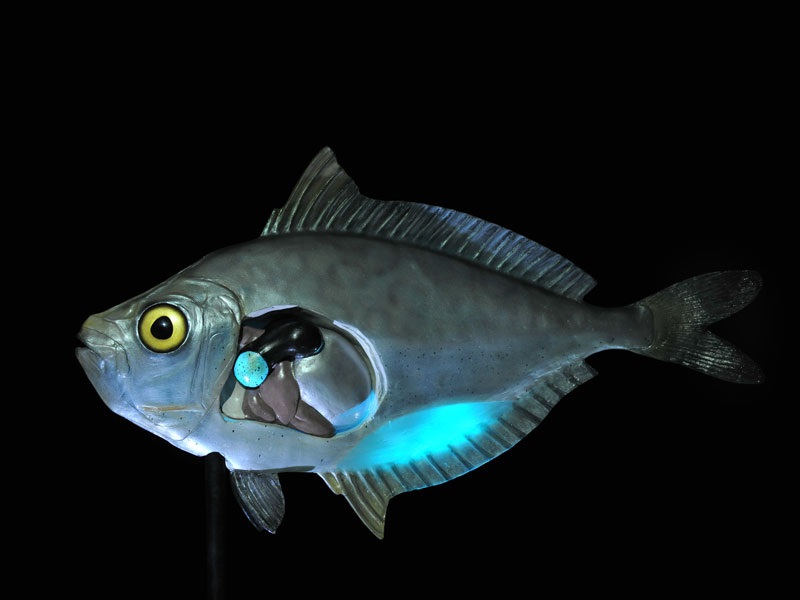The Lustrous Light Of Bioluminescence (11 pictures)
Take a midnight stroll through the golden foliage-filled woods this fall and you might discover foxfire, a type of fungus that primarily grows in decaying wood. Also called fairy fire, the fungi creates light during a chemical reaction that occurs when the quick-growing, healthy fungal cells consume wood and the oxidative enzyme luciferase reacts with luciferin.
Aside from the foxfire fungus, many other bioluminescent creatures exist, including certain species of bacteria, algae, invertebrates and fish. Fireflies are one of the most common bioluminescent insects, and are not hard to find in many parts of the world. Other bioluminescent organisms include cone jellies and jellyfish, ponyfish, scorpions and other ocean creatures.
Bioluminescent life forms create their own light by mixing certain chemical compounds together to form a glow. As this luminescence neither requires nor produces heat (unlike much light humans use), it is often called cold light. Scientists estimate that creatures produce light either to scare off predators or to attract insects and promote the spread of spores. Either way, bioluminescence is equal parts breathtaking and eerie when one stumbles upon it in real life.
Though bioluminescent animals have been sighted and recorded for thousands of years, it wasn’t until the 1600s that scientists first began understanding the processes by which animals produced light. Now, more than four hundred years later, scientists are still unsure how certain species are able to set themselves aglow. Even though scientists can explain the phenomenon in many cases, encountering the brilliantly-lit animals in real life is still a peculiar experience, and the source of many myths, stories and legends.

